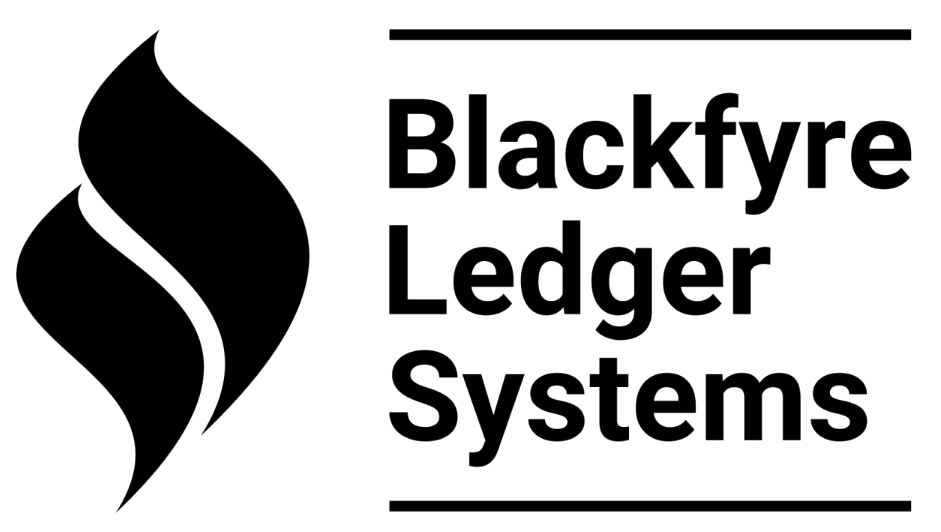One-Person Business? You Still Need a System
You’re the only one on your team. You send an invoice here, get paid through Venmo there, and scribble a few expenses in a notebook — what could go wrong?
For some freelancers and solopreneurs, it may seem that a formal system isn't necessary because they're not running a large operation — just trying to keep the lights on and do good work. However, even small operations benefit from having a structured system in place. However, it's important to recognize that the smaller your operation, the more a messy approach can trip you up.
Consequences of Not Having a System: Key Challenges
When you skip a real system, it shows up in small ways that cost you real money:
Missed or late invoices that delay your cash flow
Untracked expenses that mean smaller tax deductions
Forgotten payments that clients “conveniently” overlook
Last-minute scrambling at tax time, when you should be serving clients
Even if you’re not yet ready for full-scale accounting software, you need a simple, repeatable, and organized system to maintain control and efficiency in your business operations.
What Does a Simple System Look Like?
A “system” doesn’t mean fancy. It means you’ve established a reliable process to handle the same steps every time. For a one-person business, that can be as straightforward as:
✅ One Place to Record Everything
Use a simple spreadsheet or basic software, such as Wave. Make sure you track all income and all expenses in one spot — not scattered across sticky notes and text messages.
✅ Consistent Categories
Create simple categories that match your business, such as income, supplies, travel, subcontractors, or any other relevant categories that fit. Use the same ones every time — this makes tax prep faster and more accurate.
✅ A Regular Routine
Block out half an hour every week to update your records. Check what came in, what went out, and what’s waiting to be invoiced. If you do this regularly, you avoid the dreaded year-end panic.
A Real-World Example
Imagine a freelance graphic designer. They have one business checking account and one business credit card. They use a spreadsheet with three tabs: Income, Expenses, and Net Profit.
Each week, they log new payments, check for any unpaid invoices, and record new expenses by category. Come tax time, they hand over clean records to their CPA — no frantic all-nighters, no missed deductions.
Simple. Repeatable. Effective.
Your Quick Startup Checklist
If you’re ready to get out of the “winging it” phase, here’s what to do next:
Open a separate bank account for your business.
Choose one place to track all income and expenses.
Pick clear categories that match your business activities.
Block a short bookkeeping session every week.
Save receipts digitally or in a single folder — no loose piles.
That’s it — no complicated software needed. Just a simple system you stick to.
You Don’t Have to Figure It Out Alone
Even the smallest businesses deserve peace of mind. A good system saves you hours, headaches, and money — so you can focus on what you do best.
For solo business owners ready to stop winging it, consider seeking expert assistance, such as that offered by Blackfyre Ledger Systems, to set up or clean up your books. This ensures peace of mind and financial clarity, with no blame or shame. Let’s get you organized — and keep you that way.
Ready to make your simple system work? Let’s talk.
© 2025 by Scott Denis. This work is licensed under CC BY-NC-SA 4.0.
